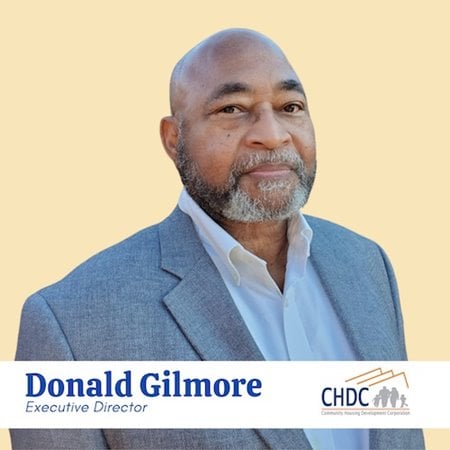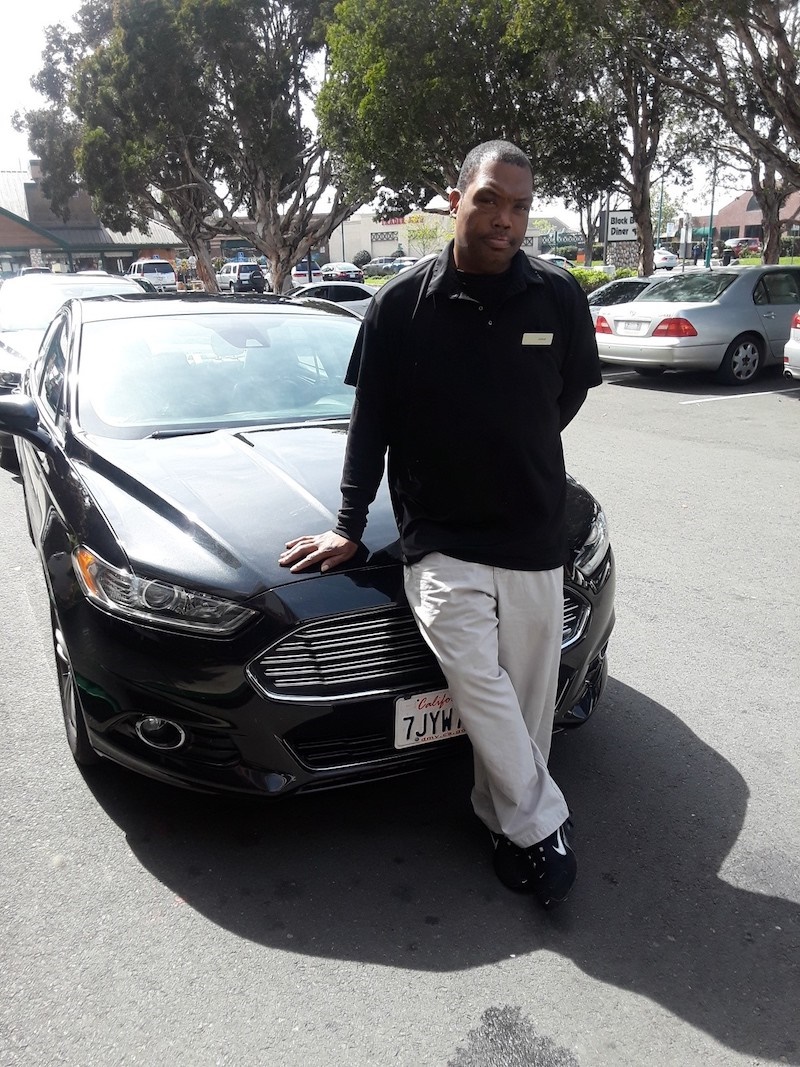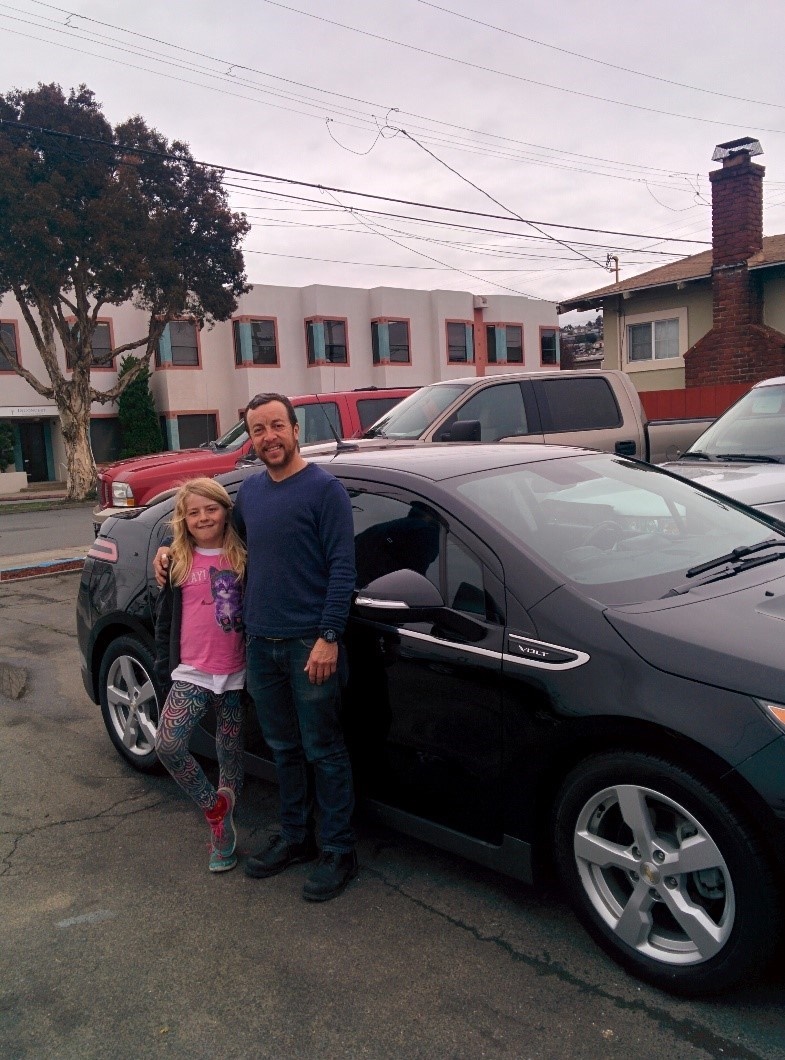Don Gilmore, CEO of Community Housing Development Corp. (CHDC), is keeping his community green. In California, where the environment is first on a lot of people's minds, his NeighborWorks organization is putting energy into green buildings and a transportation assistance program that helps low-income individuals buy or lease "clean" cars.
"We started incorporating work with groups who did solar back in the early 2000s," says Gilmore. "We've consistently stayed on that note."
 CHDC, which started as a volunteer organization in 1990 and now has a paid staff of over 40, has expanded its comprehensive model throughout the Bay Area over the past 10 years The organization has just over 1,000 rental units, and has affected at least 5,000 homeowners, directly or indirectly.
CHDC, which started as a volunteer organization in 1990 and now has a paid staff of over 40, has expanded its comprehensive model throughout the Bay Area over the past 10 years The organization has just over 1,000 rental units, and has affected at least 5,000 homeowners, directly or indirectly.
New properties include LEED and other certifications in the construction process, including Heritage Point, a 42-unit, multifamily development that was completed last year, and a part of the revitalization of North Richmond, California. The North Richmond neighborhood now has over 300 new, single family homes, rental units and senior housing, a health clinic, public improvements to streets and landscaping, a resource center and 10,000 square feet of commercial property.
Gilmore, a College of Idaho graduate who also graduated from Achieving Excellence, a collaboration between NeighborWorks America and Harvard University's Kennedy School of Government, began his career at Richmond Neighborhood Housing Services. He became a housing development specialist for the City of Alameda's Housing Authority before moving to CHDC, where, as executive director, he's made it a point to be open to ideas. Gilmore has been the organization's only CEO.
CHDC is also the only housing corporation in the Bay Area led by a Black CEO that is committed to developing quality affordable housing and providing support services, according to the organization's newest strategic plan. The plan includes embedding REDI – Race, Equity, Diversity and Inclusion – as part of the fabric of the organization. CDHC's green goals include recycling and waste reduction, environmentally friendly landscapes, and making sure affordable housing also means walkable and accessible neighborhoods.
Gilmore says green construction reduces utility costs by more than 50% for single-family homes that are created with green construction in mind. This gives residents a little more room to save money, he says. "Our residents have taken advantage of the lower costs in utilities to manage their monthly expenses and to save." In multi-family properties, the reduction in utility costs allows CHDC to provide more services. For an organization whose goal is to improve the community through community wealth, that's a win, Gilmore says.
Transporting a community
CHDC's transportation program started as a low-cost loan program for low-income residents with challenged credit in Alameda and Contra Costa counties. Staff provided the financial capability and financial education training, which NeighborWorks organizations are known for. Ways to Work, a Milwaukee organization, provided a favorable interest rate, regardless of credit history.
Ways to Work folded and the initiative faded, Gilmore says. But the need did not – residents still needed a reliable means to get to work.
Meanwhile, the state of California began promoting "cap and trade funds," meant to cap greenhouse gas emissions by requiring companies that emit those gasses to buy permits for them. The state needed an organization to pilot a financing assistance project for a variety of electric and hybrid electric vehicles. Eligible applicants also received an additional $2,000 to purchase and install an in-home charging unit or portable unit. CHDC received the first funding to implement the pilot program in 2015. The organization is now in the third phase. Each time the organization has received funding, it's provided down payments for vehicles and charging units.
"It's just progressed on and on," Gilmore says. "It helps not just with greenhouse gases, but it provides more economical cars for folks to have. For a program we thought was just passing through, it's become a big part of our operations."
Through the program, Gilmore says his organization is reaching a population that hasn't been exposed to green opportunities in a tangible way. The financing, the reduction of greenhouse gases and the education components fit together, he says, and the efficiency of the vehicles helps families save money. Gilmore says the program helps a wide variety of clients, reaching urban and rural communities, Brown and Black communities, and people in a broad variety of professions. "Those who have challenges with their credit have a chance to reestablish their credit," he says. The financial counseling starts them saving, one of CHDC's goals, and will impact their future.
"The initial pilot goal in 2015 was to provide 80 grants to low-income and disadvantaged community residents in the counties we served," says Vivian Rahwanji, director of the Driving Clean Assistance Program. "We completed the 80 by 2018 and currently, we are in the third phase of the project and have assisted 200 people in purchasing electric vehicles with grants." Rahwanji says they've assisted over 100 individuals with charging units.
Like other NeighborWorks organizations, they've had to change the way they're doing things during COVID-19, switching to virtual. Rahwanji says they are finding even more people are going through financial education training this way; there are no empty seats. After residents go through the education program, they're referred to Travis Credit Union for loan processing. It takes about two to three weeks from intake, training, receiving the loan and buying the cars, which include Fusions and Priuses, Chevy Volts and more. A family of one should be making less than $52,000 per year to apply for the program.
"We look at the total household," she says. "The cars give families flexibility, and often give would-be workers a chance to work farther away from home, potentially earning more money. Individuals who have bought cars often contact her afterwards to talk about their progress, like Anwar, who owns a Ford Fusion Energi.
"I never thought that I would ever be able to afford a hybrid vehicle," he told Rahwanji. "Because of

Anwar says the program also taught him about saving money, which is something Rahwanji and Gilmore hope will extend far beyond the transportation program, making CHDC a "one-stop shop" for people who need cars and who need homes.
"I hope that the future stories the organization will have to tell are from clients who received help from CHDC on both their car and their new home," Gilmore says. "That's the path we're looking for."
So far, the organization has had three individuals who have gone from owning a car to purchasing a home. Gilmore is hoping that's the start.
Considering new ideas
Darrylyn Swift, acting leader of CHDC's resource development team, says "Don lives and leads with a philosophy of focusing on the strength of the family, while building the strength of the community. Don is always looking for innovative ways to build individual and community ownership and to empowers his staff, community residents and other community leaders to do the same."

His advice for other NeighborWorks network organizations when it comes to considering sustainability project? "It helps to have a dedicated source of funds," he says. Seeing what the state has to offer is a place to start. "You have to have political will and resources to make it work." For Gilmore's organization, which had financial capability training and a comprehensive development focus in place, stars aligned, and it became possible to take advantage of the state programs. "If that happens, you have to look at it," he says.
As the organization moves forward with new plans, Gilmore says the mission is to get community buy-in for each aspect of what they're doing. Residents are not only recipients of CHDC's services, he says, "they are our advocates for local leadership. The more united we are, the more impact we're able to have."
Further reading: NeighborWorks offers a course on green strategies.

